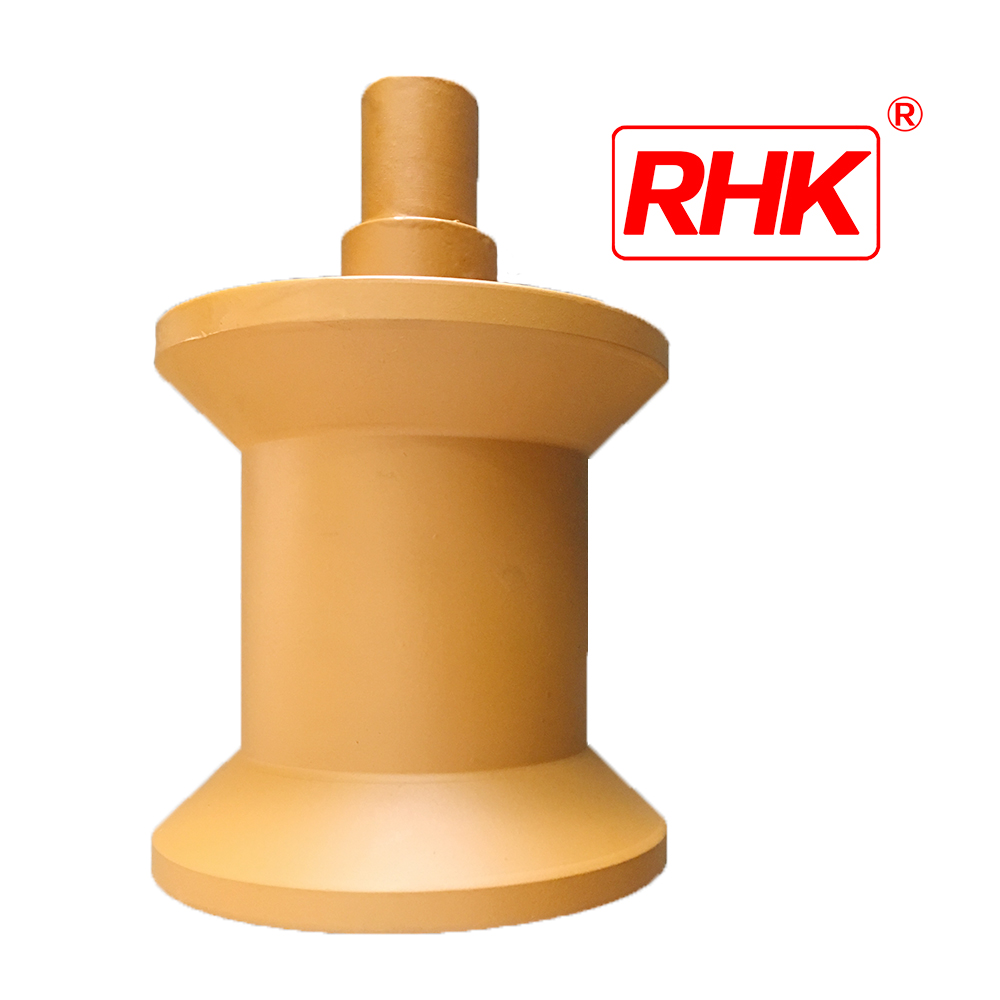In the realm of heavy machinery, small yet critical components often make a significant difference in performance and durability. One such component that is indispensable to the function and longevity of various types of equipment is the bucket pin. Found in excavators, loaders, backhoes, and other earth-moving machines, bucket pins play a central role in connecting and securing the attachment points between the machine’s arm and its bucket or other work tools.
The Functionality of Bucket Pins

Bucket pins are essentially large-diameter steel shafts designed with high precision and strength. These pins slide through precisely machined holes on both the bucket and the machine’s arm, serving as pivot points for the bucket’s movement. They allow the bucket to rotate and articulate freely, enabling the operator to dig, scoop, lift, and carry materials effectively.
The bucket pins ensure stability during operations by bearing the substantial forces exerted on the bucket during digging and loading processes. They withstand compression, tension, and shear forces, which can be quite formidable due to the weight of the material being handled and the dynamic nature of the machine movements.
Types and Design Considerations
Bucket pins come in different sizes and shapes, tailored to fit specific machinery models and applications. Some pins feature grease fittings for regular lubrication, helping to reduce friction and wear, while others might have locking mechanisms like cotter pins or R-clip retainers to prevent unintentional dislodgement.
Designing these pins involves careful consideration of the required strength, corrosion resistance, and overall durability. High-quality materials such as hardened steel are typically used to manufacture bucket pins to endure the harsh working conditions they face, including exposure to dirt, water, and abrasive materials.
Maintenance and Replacement
Despite their robust construction, bucket pins are not immune to wear and tear over time. Regular maintenance, including cleaning, greasing, and visual inspections, is crucial to prolong their lifespan. Signs of damage like deformation, excessive play, or rust should prompt immediate attention and, if necessary, replacement.
Replacing worn-out or damaged bucket pins is a task that requires precision and adherence to manufacturer specifications. Failing to do so could lead to reduced efficiency, costly repairs, or even accidents. Ensuring that bucket pins are correctly installed, tightened to the right torque, and properly secured with locking devices is essential for optimal machine performance and safety.
The bucket pin may seem like a minor part in the grand scheme of heavy machinery, but it plays a pivotal role in the smooth operation and structural integrity of earth-moving equipment. Its significance underscores the importance of proper maintenance and timely replacement to keep these powerful machines functioning at their best, ensuring productivity and safety on job sites around the world.
